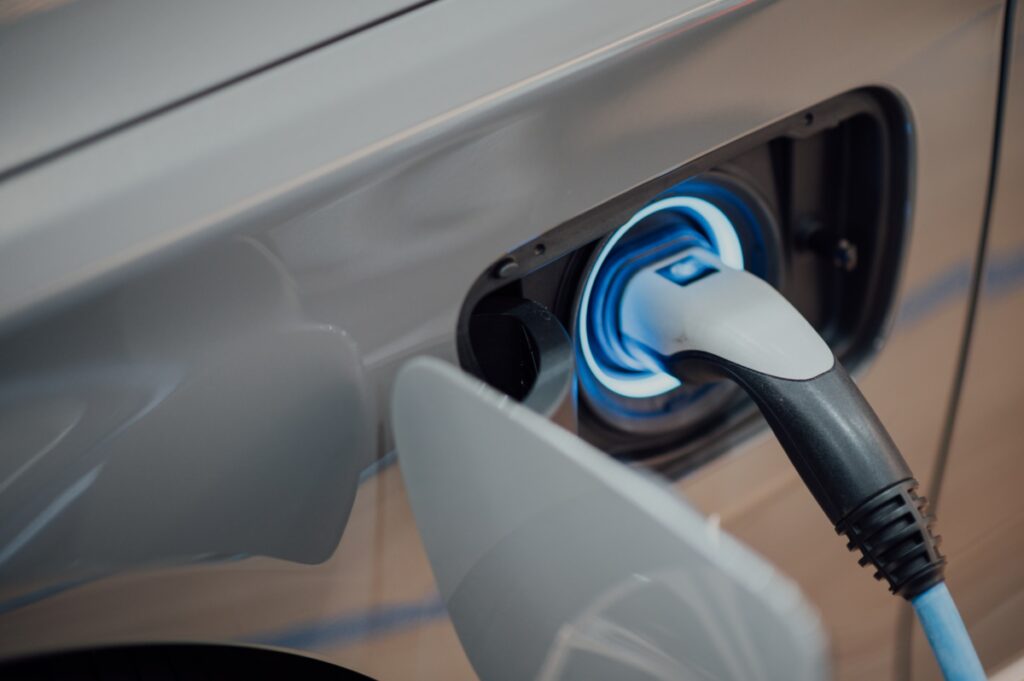The sandwich restaurant juggernaut Subway made an exciting announcement last week. Partnering with GenZ EV Solutions, the home of the foot-long BMT reported:
“The installation of Subway Oasis charging parks at select locations—charging canopies with multiple ports, picnic tables, Wi-Fi, restrooms, green space and even playgrounds. As part of a multi-year plan to rollout the Subway Oasis, smaller-format, fast EV charging stations will be piloted at select, new or newly remodeled restaurants across the US, starting in 2023.”
What in principle may sound odd makes a lot of business sense (potentially). Subway is a real estate mogul with 20,700 locations in the United States alone. This almost doubles the number of restaurants McDonald’s has. Recharging Electric Vehicles (EVs) batteries takes 15 minutes to an hour, depending on different circumstances. Subway bets that by offering enjoyable facilities and services, EVs owners in need of charge will become their customers. Given the current prices of EVs, their owners tend to be well-off individuals and families, which makes them a desirable demographic.
As Alex Fitzpatrick of Axios explains:
“It’s a hint of what’s to come as companies with big retail footprints figure out creative ways to embrace the electric transition — and make a buck or two along the way.”
What Subway Oases tell us about innovation
In his book Unleash your inner company, John D. Chisholm emphasizes that:
“We usually think of a light bulb as a single unit. But it is actually a combination of several technologies. If it is a compact fluorescent lamp (CFL), it consists of a glass enclosure with a fluorescent coating, argon and mercury vapor, and integrated ballast. If it is a conventional incandescent light bulb, it consists of glass enclosure, filament, vacuum, inert gas, and base. Most innovations, including a majority of patents, similarly represent combinations—often new combinations—of existing technologies… The same technique can be applied to skills, or for that matter, to any of your resources.”
And this is what Subway is trying to do in their own way. The company is combining their resources (massive real estate), skills (being successful restaurateurs), and their technology (the speed ovens, for instance) with a completely new technology which is electric charging stations. Needless to say, Subway are not inventors or pioneers in the electrification of the mobility market. However, if their Oases gamble pays off, they could become key players in the electrification of transportation in the United States.
Here is another important lesson. According to Matt Ridley:
“Innovation… means finding new ways to apply energy to create improbable things, and see them catch on. It means much more than invention, because the word implies developing an invention to the point where it catches on because it is sufficiently practical, affordable, reliable and ubiquitous to be worth using.”
Indeed, Subway’s Oases could do a lot for the accessibility and reliability of the EVs charging station network in the US. Their locations across the US could benefit current and future EV drivers by putting charging stations closer to home, for instance. Over the past few years, the charging infrastructure for electric vehicles (EVs) has grown rapidly. However, it is not keeping up with the pace of EV adoption, especially since the country has hit a critical tipping point, with 5 percent of new car sales being electric in 2022.
Who knows…
This is not the end of the story, however. It is just the beginning of an open-ended adventure.
Subway will be investing millions in a project that may or may not work. Only time will tell if the calculated risk they are taking pays off. When operating in the free market, innovators can gain huge returns. But this is hardly the case. Most startups fail. Entrepreneurs deal with an immense degree of uncertainty. “Starting a company is like eating glass and staring into the abyss,” said Elon Musk. Reinventing a company can be as challenging. Many things could go wrong for Subway — from timing to alternatives to EVs, such as hydrogen-fueled cars.
Therefore, we must give innovators space to try and most likely fail. However, when they get it right, the upside for all of us is enormous and sometimes life-changing. Being an entrepreneur is risky enough. Governments should not burden them with licenses, excessive regulations, and red tape.
For, as Joseph Schumpeter explained: “Innovation offers the carrot of spectacular reward or the stick of destitution.”
* Federico N. Fernández is Executive Director at Somos Innovación (a Latin American pro-innovation alliance) and CEO at We Are Innovation (Somos Innovación’s sister organization for Europe). Federico is Founder and President of Fundación Internacional Bases (Rosario, Argentina) and also the Chairman of the Organizing Committee of the International Conference “The Austrian School of Economics in the 21st Century,” which takes place in Europe and LatAm alternatively.
Source: We Are Innovation




